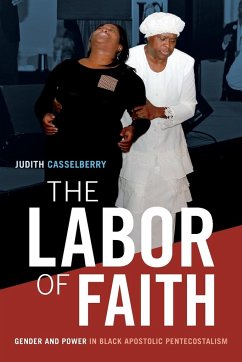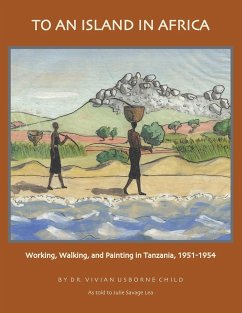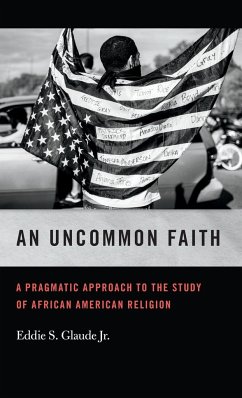
Faith in Education at the Skidaway Island Benedictine Mission
Versandkostenfrei!
Versandfertig in 1-2 Wochen
25,99 €
inkl. MwSt.
Weitere Ausgaben:

PAYBACK Punkte
13 °P sammeln!
Having survived the turmoil of Reconstruction, several hundred African American tenant farmers were settled on Skidaway Island, Georgia, and led a fairly quiet existence. In 1877 Benedictine monks intruded into this relatively safe, if desperately poor, haven and built a Catholic mission and boys' boarding school. For the next two decades, the Benedictines and locals negotiated for influence over the islanders' religious convictions and education. Faith in Education at the Skidaway Island Benedictine Mission brings together the recovered archaeological data and extensive Benedictine archives t...
Having survived the turmoil of Reconstruction, several hundred African American tenant farmers were settled on Skidaway Island, Georgia, and led a fairly quiet existence. In 1877 Benedictine monks intruded into this relatively safe, if desperately poor, haven and built a Catholic mission and boys' boarding school. For the next two decades, the Benedictines and locals negotiated for influence over the islanders' religious convictions and education. Faith in Education at the Skidaway Island Benedictine Mission brings together the recovered archaeological data and extensive Benedictine archives to reconstruct the intersecting lives of monks, students, lay brothers, and African American neighbors on Skidaway Island. Unlike a purely historical treatment, this book amplifies the documentary evidence with archaeological findings, including glass from arched church windows, writing slate and slate pencil fragments, a kerosene lamp, and harmonica fragments. The narrative balances the chronological story of the Skidaway Island mission with the larger history of African American education in Savannah and Chatham County from 1865 to the mission's closure circa 1900. Ultimately, Laura Seifert's analysis shows how the roots of our educational system resulted in inequities today, particularly because racism is a prominent thread that connects past and present problems.













